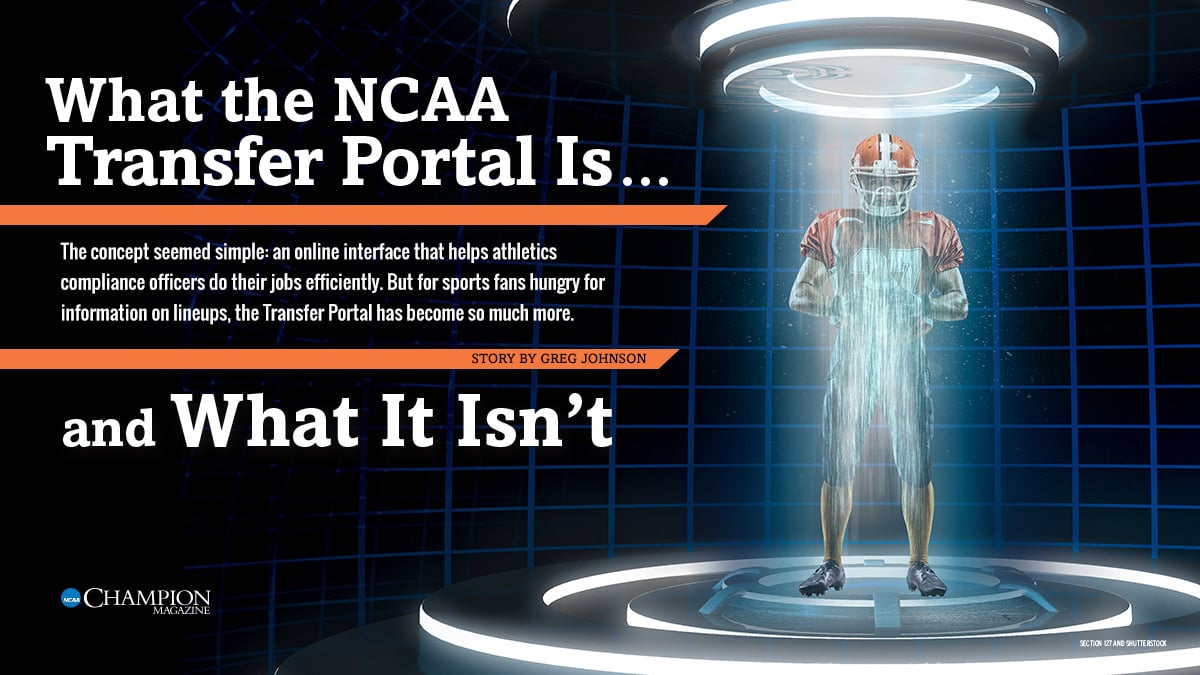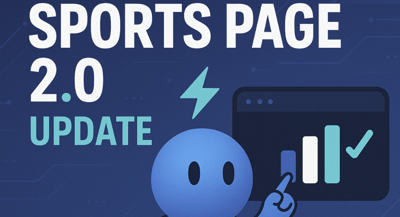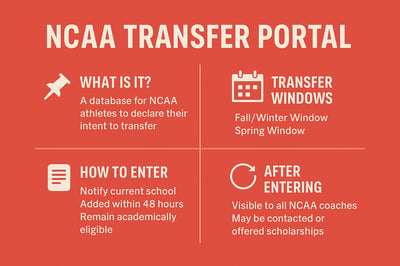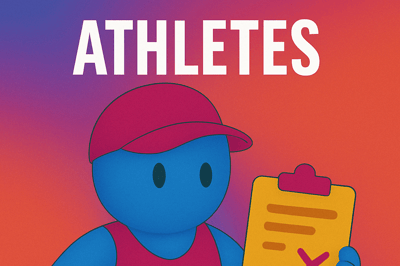Learn how the NCAA transfer portal works, including key dates, eligibility rules, and tips for athletes considering a move. A must-read guide for college transfers.
Understanding the NCAA Transfer Portal: What Every Athlete Should Know
The NCAA Transfer Portal has become a defining feature of college sports. Every year, thousands of student-athletes use it to explore new opportunities — but the process isn’t always as simple as it seems. Whether you're an athlete, coach, or parent, it’s important to understand how the portal works and what it means for a player’s future.
What Is the Transfer Portal?
At its core, the portal is a database that allows NCAA athletes to declare their intent to transfer. Once a player enters, they’re visible to coaches from other schools and can start fielding offers.
The system was introduced to create more transparency and give student-athletes more control over their careers. It applies across all NCAA divisions and most sports.

Key Transfer Windows
The NCAA has established specific periods during which athletes are allowed to enter the portal:
-
Fall/Winter Window – Typically opens in December (e.g., post-football season) for those seeking a spring transfer.
-
Spring Window – Often held in April, following spring practices and final evaluations.
Outside of these windows, athletes generally need a waiver or meet certain conditions — like a coaching change — to enter.
Steps to Enter
To officially enter the portal, athletes must:
-
Notify their school’s compliance office in writing.
-
Be added to the portal within 48 hours.
-
Remain academically eligible.
-
Follow sport-specific rules and timelines.
What Happens Next?
Once listed, an athlete’s name and contact info are available to every NCAA coach. From there, they might be contacted, scheduled for visits, or offered a new scholarship. Athletes can choose to withdraw from the portal, but schools are not obligated to keep them on scholarship once they’ve entered.
Where to Find the Transfer Portal
While the official NCAA Transfer Portal isn’t publicly viewable in full, several third-party sites track portal entries and updates. One of the most reliable is On3’s Transfer Portal Wire, which lists recent entries by sport, school, and position.
This resource is especially useful for fans, recruiters, and athletes trying to track movement across the college landscape. It gives a real-time sense of how active the portal is — and which players are on the move.
Things to Keep in Mind
-
Entering doesn’t guarantee a spot on another team.
-
Scholarships may not carry over.
-
Athletes may need to sit out a year unless they qualify for immediate eligibility (e.g., one-time transfer rule).
Why Athletes Transfer
Motivations vary, but common reasons include:
-
Lack of playing time
-
Poor fit with the current program
-
Coaching staff changes
-
Academic goals
-
NIL opportunities
-
Personal or family reasons
The Bottom Line
The portal offers athletes a way to reset — but it’s not without risks. Success comes down to preparation: staying in shape, maintaining grades, and keeping communication lines open with both current and potential coaches. And above all, having a strong online presence can help athletes stand out when the opportunity comes.
About the Author
Founder, Developer, Marketer of Sports Page.
Comments
- Recent Posts
- Popular Posts
- Athletes
- Recruitment
- Sports
- Tech
- Transfer Portal

Sports Page 2.0 is our production launch, packed with powerful features built for athletes. Go live, stand out, and take control of your digital portfolio.

Learn how the NCAA transfer portal works, including key dates, eligibility rules, and tips for athletes considering a move. A must-read guide for college transfers.

Sports Page helps athletes get noticed with a clean, custom website that showcases their stats, highlights, and achievements—no logins or distractions.

